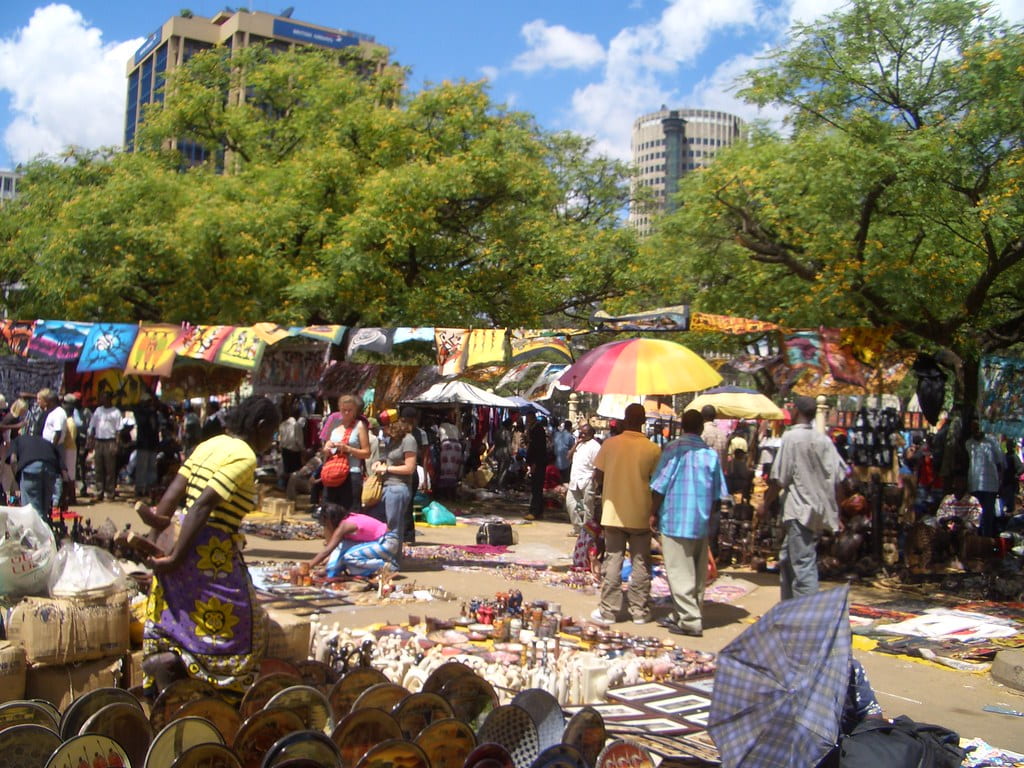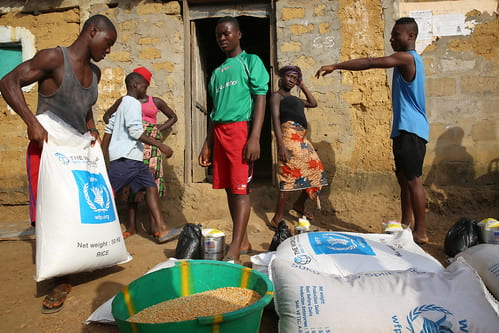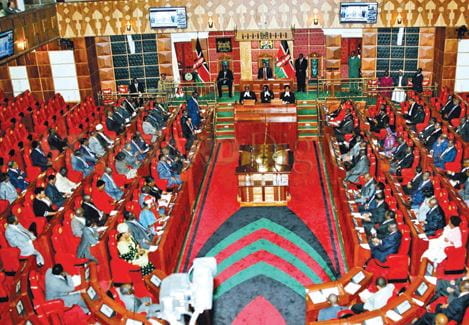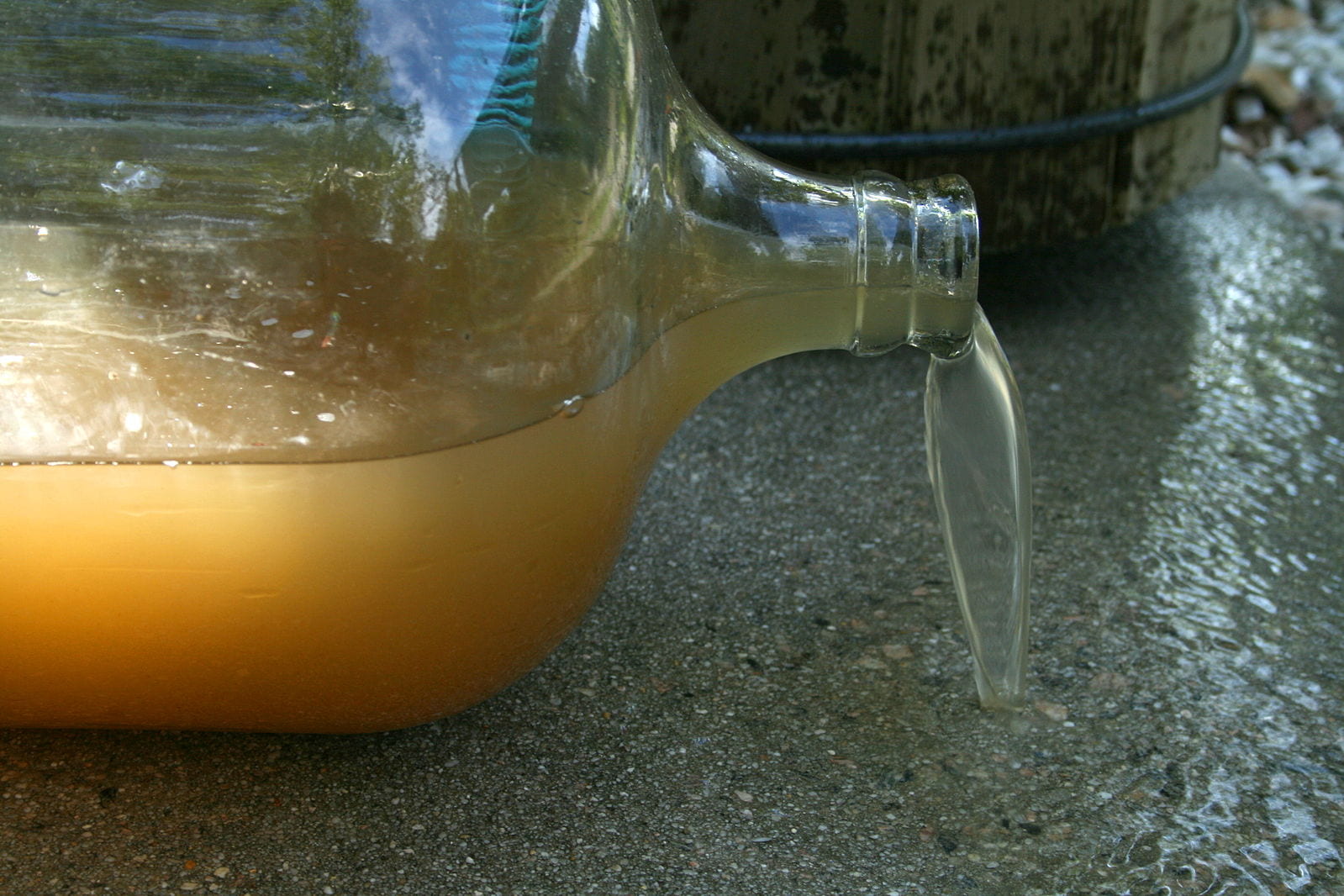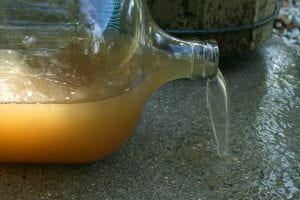An alarming concern continues to grow in Latin American countries regarding drinking water. Due to water being an internationally recognized human right, international human rights law makes states work towards achieving universal access to water and sanitation. The implementation of these rights involves ensuring availability, accessibility, affordability, quality, safety, and acceptability.
When water demand exceeds the supply due to scarcity caused by local ecological conditions and economic scarcity resulting from inadequate water infrastructure, we are dealing with water stress. It is a global problem, as billions of people worldwide lack access to adequate water, which affects public health, economic development, and international trade and can lead to conflict and mass migration. Moreover, as a consequence of the increased droughts, there is food insecurity, which leads to malnutrition, death in children, and an increase in infectious diseases.
The Causes of Water Stress
In Latin America, despite efforts to increase water access, 77 million people still lack access to safe water, according to the World Water Council and the National Water Commission (Comisión Nacional del Agua, in Spanish). There is a lack of treatment of sanitation waste, which leads to untreated sewage in rivers, lakes, and underground aquifers. What’s more, natural phenomena such as hurricanes and El Niño have had significant repercussions on the water sources and infrastructure of the affected countries.
In 1998, Hurricane Mitch killed 9,000 people in Central America, temporarily displacing 75% of the Honduran population. El Niño and La Niña have caused large-scale droughts and more severe storms. Furthermore, in 2020, Hurricanes Eta and Iota caused internal displacement in Guatemala. In 2023, Mexico experienced its driest year on record, while Uruguay declared a water emergency, according to the UN Development Programme. At the same time, Chile, Bogotá, and Mexico City were reported to be at risk of water depletion. Due to the progression of these phenomena, scientists believe that climate change will continue to intensify weather patterns.

Within the region, Peru has one of the lowest percentages of access to safe drinking water. Since the Amazon spans across three countries, droughts in the Amazon and other events have affected Peru. According to the UNICEF (United Nations Children’s Fund) press release above on inequalities in access to safe drinking water in Peruvian households, the northeastern region of Loreto, Peru, is the most affected by ongoing drought, mostly impacting remote communities. There has been biodiversity loss in 22 of the country’s 26 regions due to wildfires and increasing air pollution.
Current and Future Initiatives
Because remote communities are the most affected, environmental studies and more sustainable efforts would benefit 63,000 small farmers in rural poverty who live in vulnerable ecosystems. Therefore, different projects have been developed to optimize irrigation systems and promote better water management.

One of the projects is PRO ICA (Project Pisco-Villacurí-Lanchas). The National Authority of Water requested the UN Program for Environment and UNOPS (United Nations Office for Project Services) to implement the project in El Valle de Rio Pisco (Rio Pisco Valley) and the ravine of Rio Seco (Dry River). These are located on the south coast of Peru, one of the country’s most important agricultural zones, which faces several problems with water contamination, scarcity, and supply.
To secure clean water, the Nature Conservancy (TNC) established three water funds for Lima, Piura, and Cusco. This came partnered with two pieces of legislation that established a unique, self-sustaining mechanism to fund water source protection. Its goal is to maintain the most efficient and effective natural infrastructure projects and nurture relationships with the communities that affect the conservation areas. These initiatives have been assigned to help strengthen existing initiatives such as farmers’ committees, modern irrigation proposals, productive reconversion, and habitat restoration. Over 1,600 participants, including government officials and irrigation workers, are involved in workshops to improve knowledge on subjects such as numerical modeling, groundwater hydrology, and the use of specialized equipment. As agencies of the United Nations (UN), UNEP (UN Environment Programme) and UNOPS are committed to achieving the objectives of sustainable development.

Since mountain glaciers are melting due to climate change and the rainy season is becoming shorter, new initiatives focus on reviving pre-Incan technology. According to a BBC report, civilizations in the Los Andes Mountains had to deal with seasonal rain; therefore, they developed hydrological innovations, a strategy invented by the Huari (WAR-I), Amunas are water canals that take water from mountain streams and move it to infiltration basins. This approach allows the water to go back to the rivers that supply Lima. Therefore, having more amunas would allow for a higher supply during the dry season. Thanks to these findings, Sedapal, the water and sewage service, plans to invest $3 million in building two more water canals.
One obstacle Peru faces regarding water management is the gray areas of enforcement jurisdiction. Despite its laws to protect wetlands, actors such as the NGO Forest Trends work to define those areas by meeting with authorities and developing a manual so the locals know who the points of contact are and what to do (e.g., taking photos and GPS coordinates, harvesting plants, ensuring water flow, etc.). There is uncertainty about the recovery time for the soil, but there’s hope that the Peruvian people can help nature repair itself by using natural techniques.
Although many scientists agree that using nature-based solutions to address climate change is beneficial, critics view it as a diversion from other key conversations, such as transitioning to clean energy or reducing large-scale emissions of fossil fuels. Ultimately, initiatives that revive ancient practices are a step toward a future where we can eventually find alternatives for our energy sources and produce less pollution. A key contribution to making these initiatives happen is continuous international coordination. Many freshwater sources cross international borders, requiring cooperation among nations. As a result, collaboration, funding, and the revival of native practices could make a difference in addressing water scarcity.



